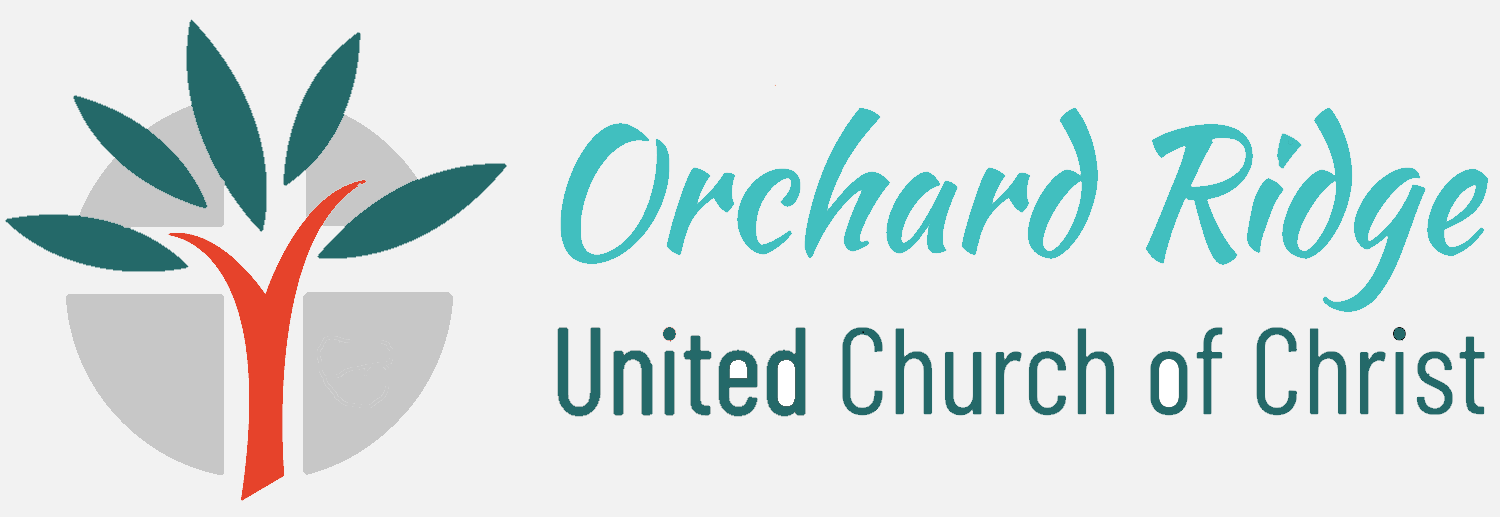Youth Newsletter
Here is news written by our own youth.
- How Our Mission Trip is Fundedby Youth Newsletter
By Vined W. Cornens
Our church’s mission trip takes our youth to different places in North America to help out in places and build community, responsibility, and leadership skills among our youth. We have recently visited Alabama in the summer of 2022, and this summer we are going to Duluth, Minnesota. Along the way there, we stop at places for food, we play card games on the bus, we have conversations, and we stay at hotels. However, we couldn’t do this all without funding. This article is about how we fund our mission trip and how you can help too.
First, you will need to understand what we are fundraising for. I interviewed Kristin Muckian from our church for this article. Here is her description of the mission trip: “The Youth Service Trip is an annual trip offered to kids who will be going in 8th grade through high school. We load up a coach bus and spend a week volunteering in non profit organizations performing a wide range of jobs. We have traveled to cities such as Birmingham (Alabama), Santa Fe (New Mexico); Alamosa (Colorado), Earlsville (Maryland). Previous trips have also gone to Maine, Tennessee, North Carolina and Virginia.”
This year, we are going to Duluth, Minnesota on our mission trip. As Kristin states, “We are working with an organization, Service Learning Camps (SLC), who will set up all of our work sites throughout the week. The sites are still being determined and dependent on the groups before us (what projects they get completed) but I anticipate both indoor and outdoor work sites from food pantry to garden/park clean up.”
But before we go on our mission trip, we have to pay for transportation, food, and housing. We do this by organizing fun community events that raise money for the church and the mission trip. Each year, there are many, usually 5 or more. Kristin states that “the key to funding our mission trip is our church community!” Our church has done hundreds of fundraising events in the past. We have had bake sales, church t-shirt sales, ‘garage’ sales, yard work donations, Culver’s nights, church tailgates, parents night out events, and community events like Brat Fest. We have had church members who graciously donated funds to our scholarship fund and also “match” funds we raised at our events! Kristin emphasizes, “I cannot state it enough, we could not do this annual trip without the amazing ORUCC family!”
Personally, I have participated in many fundraising events with the church and gone on one mission trip. The first fundraiser that I remember doing was a church bake sale where we sold cookies and baked goods for $10 a dozen. The children helped during the service getting the tables set up and putting cookies on plates. They also volunteered to collect money from people buying cookies, restock plates that had been emptied, and wash empty platters and trays. We did this twice and earned a total of around $1000 each time, including generous donations. The mission trip needs over $10,000 to run, so we were able to get almost 1/5 of the way there with those two fundraisers.
Another fundraiser that we have done in the past and will do again this summer is volunteering at Brat Fest. For every eight hours of volunteering that one person does, the church earns a set amount of money and the volunteer gets a free brat lunch and t-shirt.
Recently, we helped two members of our beloved church community with their backyard garden (which is huge!). We love to help our church community with home projects and things that many people might need help on (like moving massive piles of mulch and dirt).
All in all, we cannot state it enough that we are extremely grateful for the members of our church community helping raise funds for our mission trip and helping the church youth develop leadership, community, and working skills.
- Enjoying our Coffee Ministryby Youth Newsletter
by Dnomsed Cow
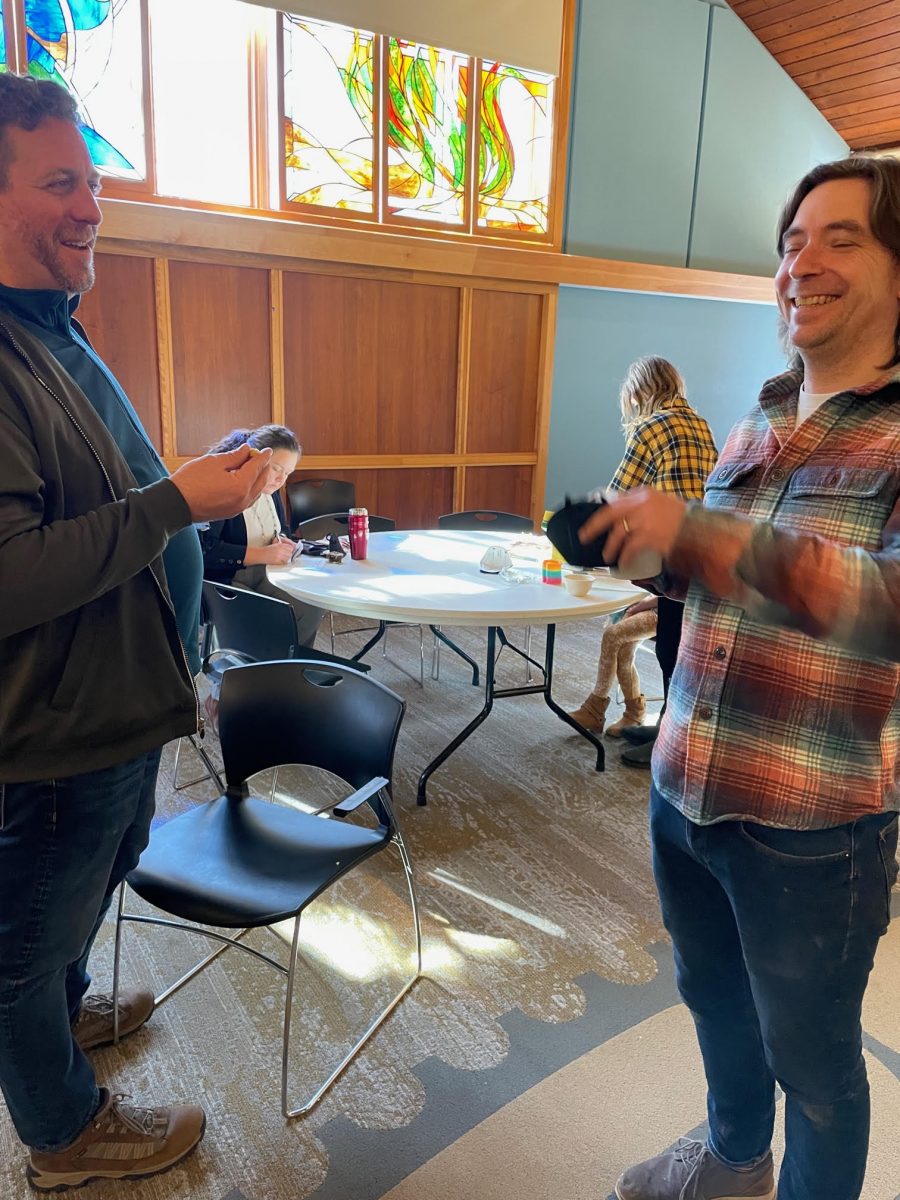
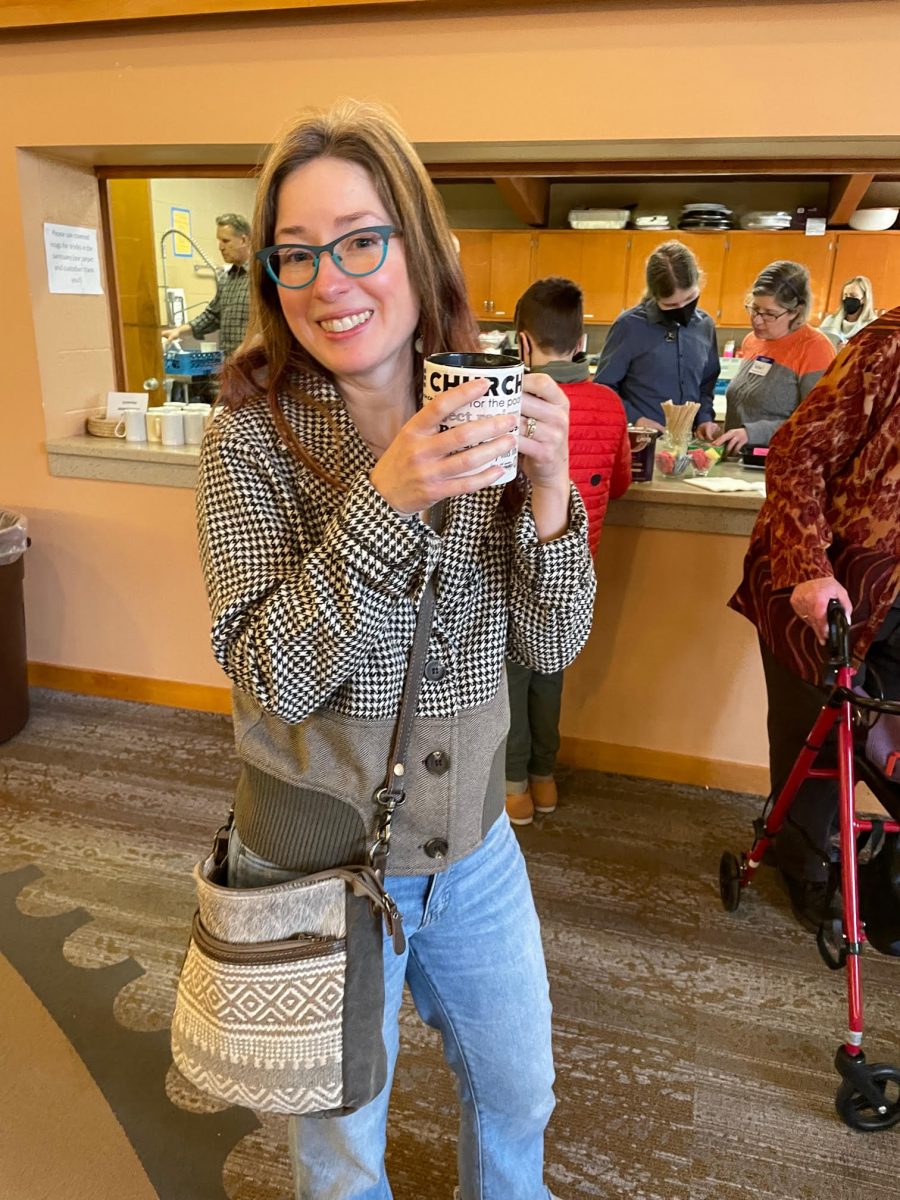
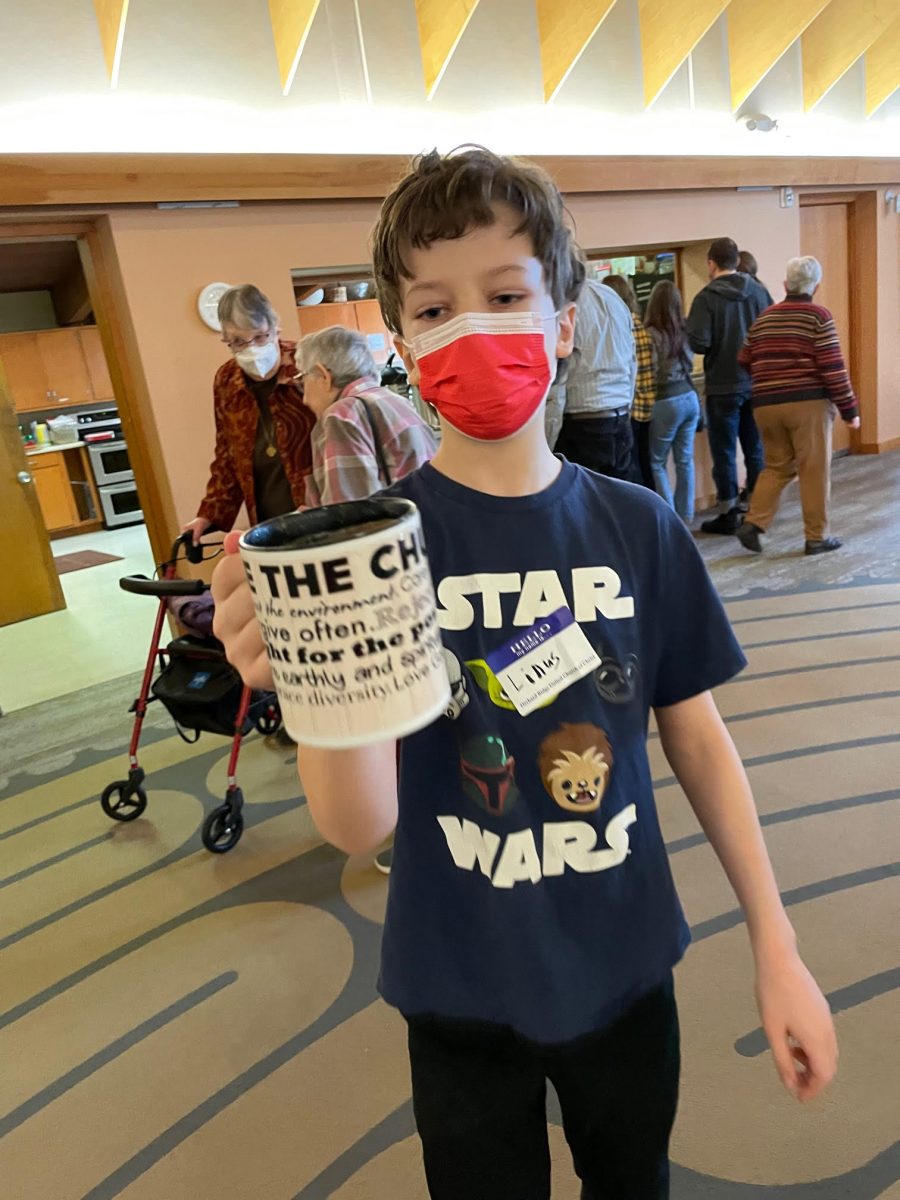
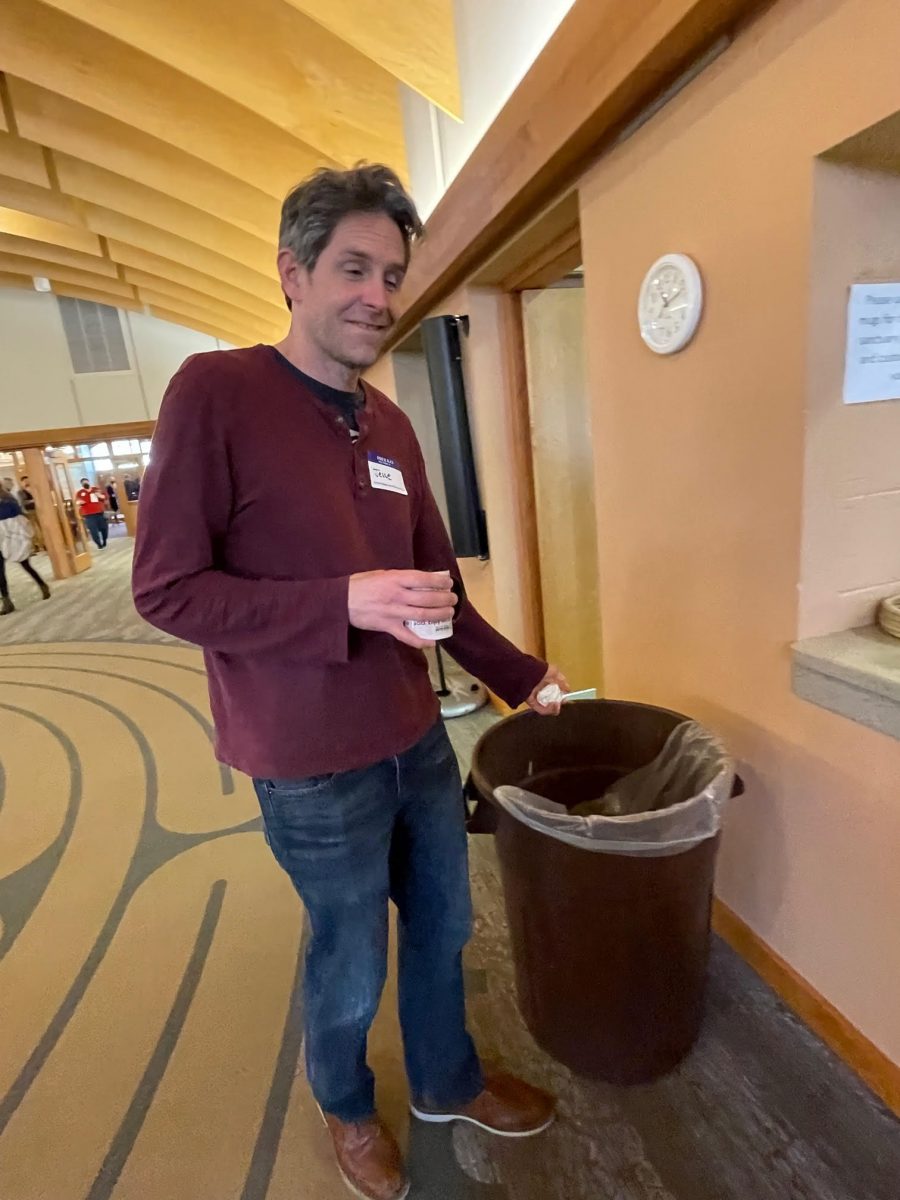
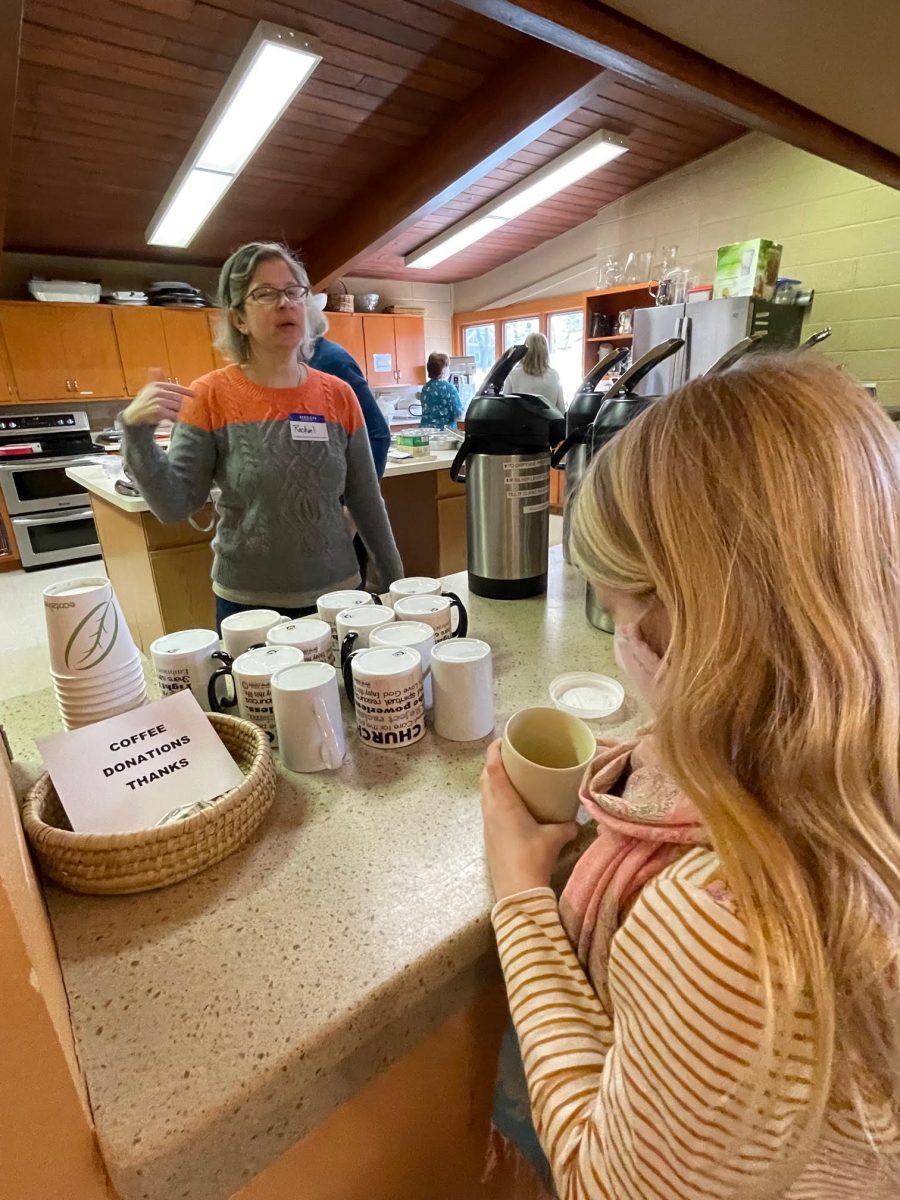
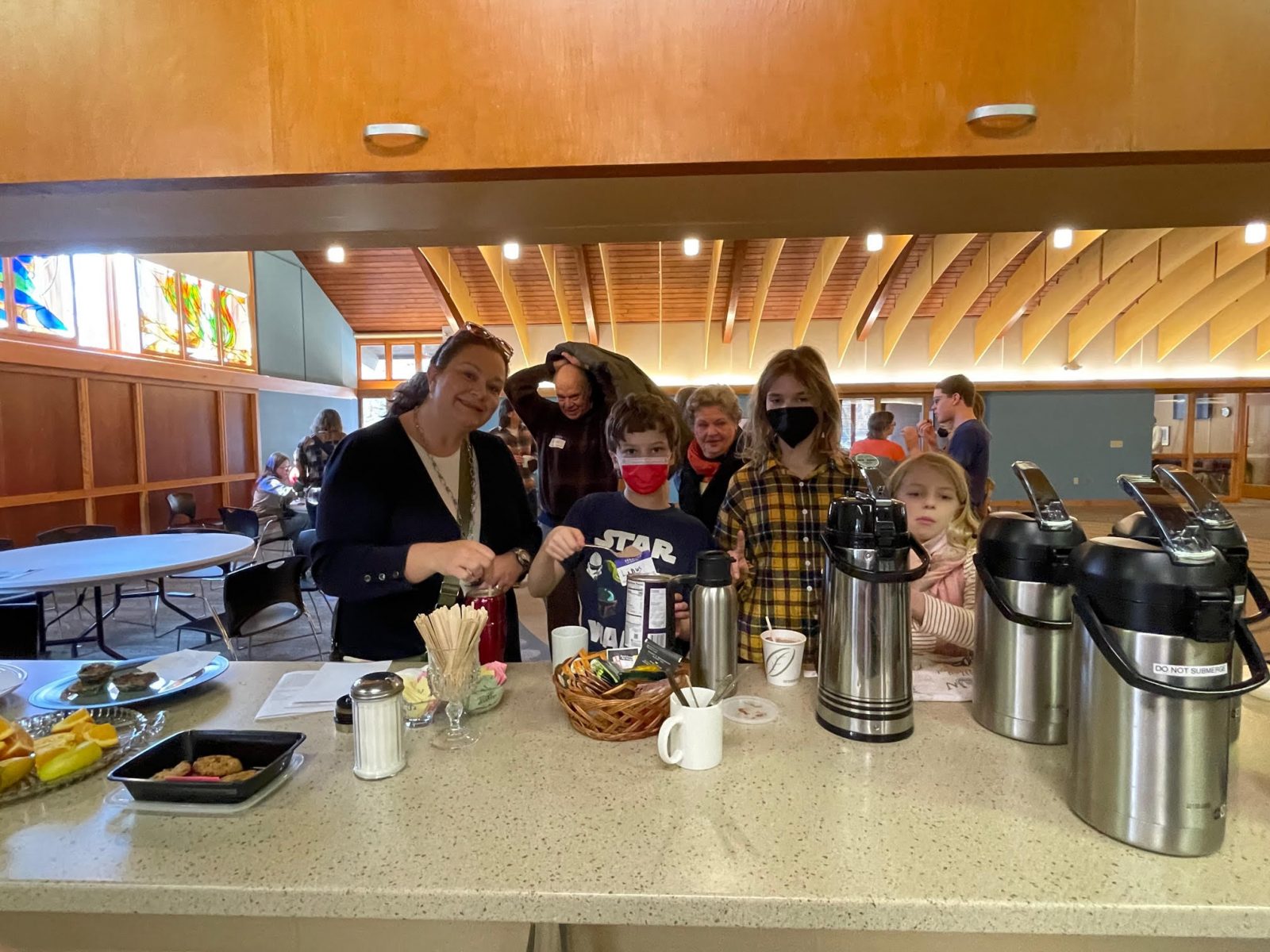
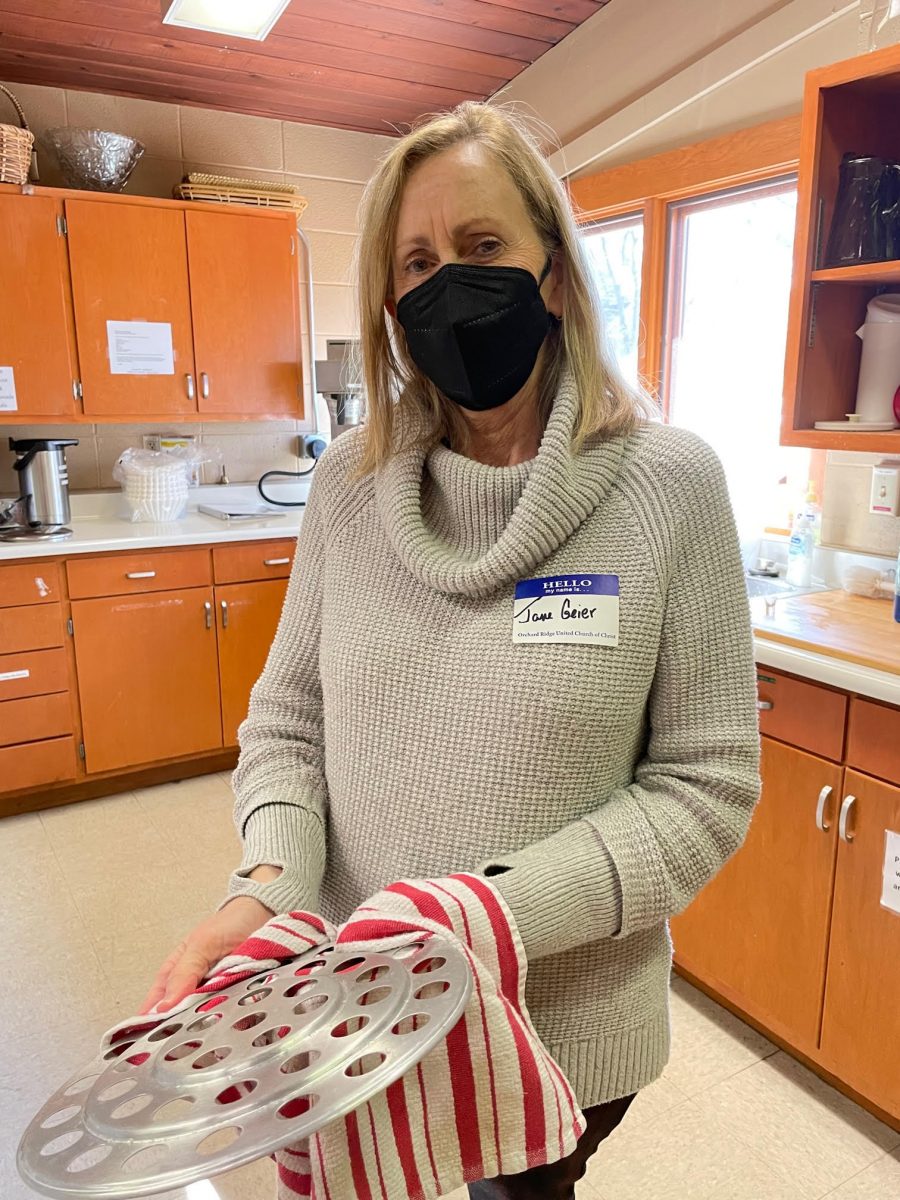
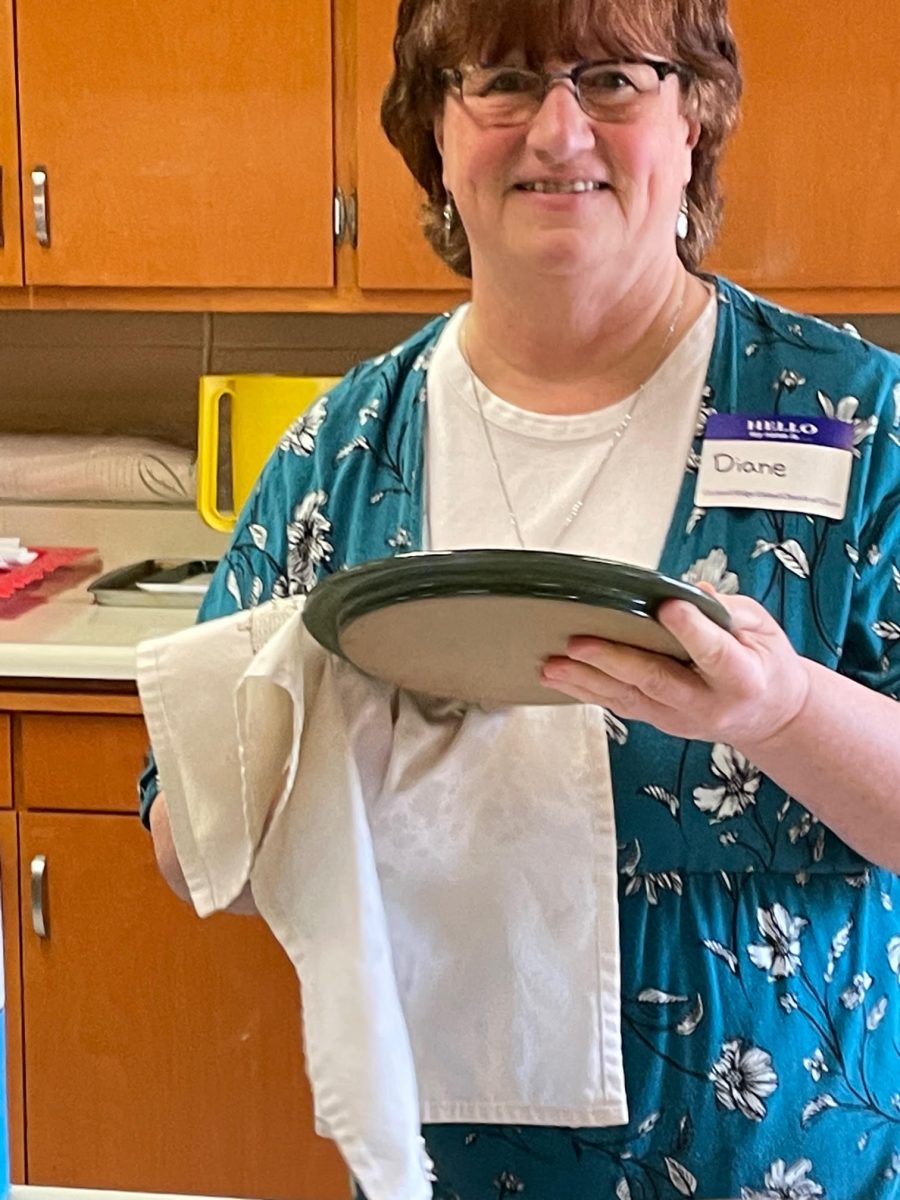
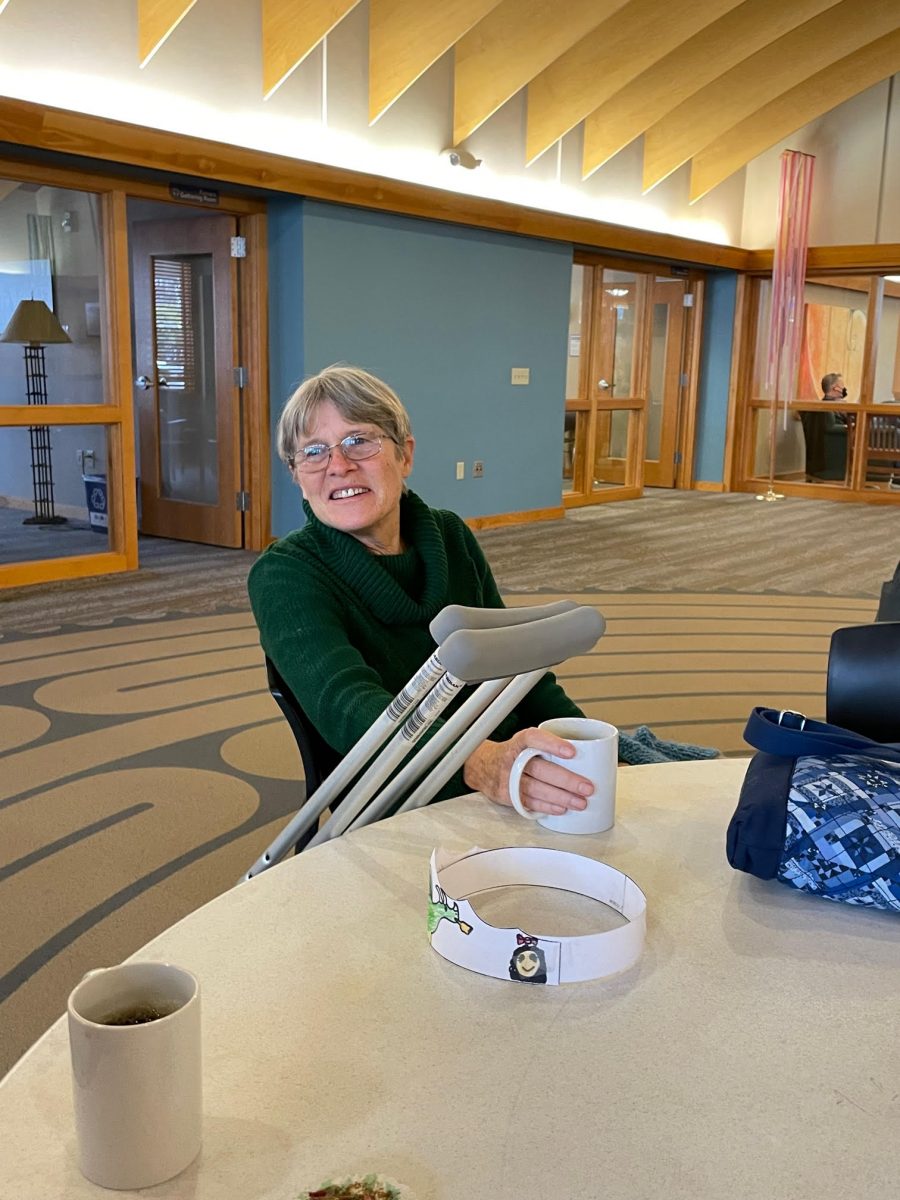
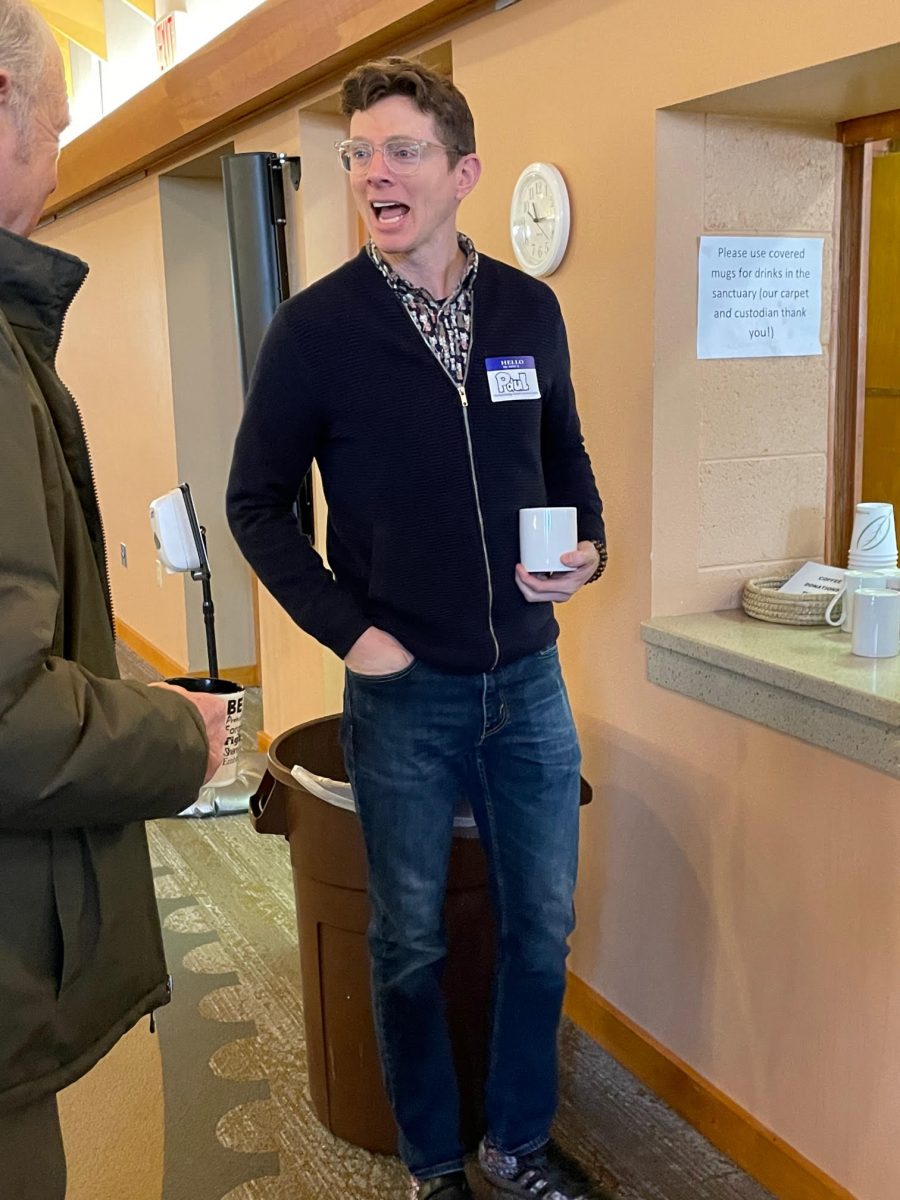
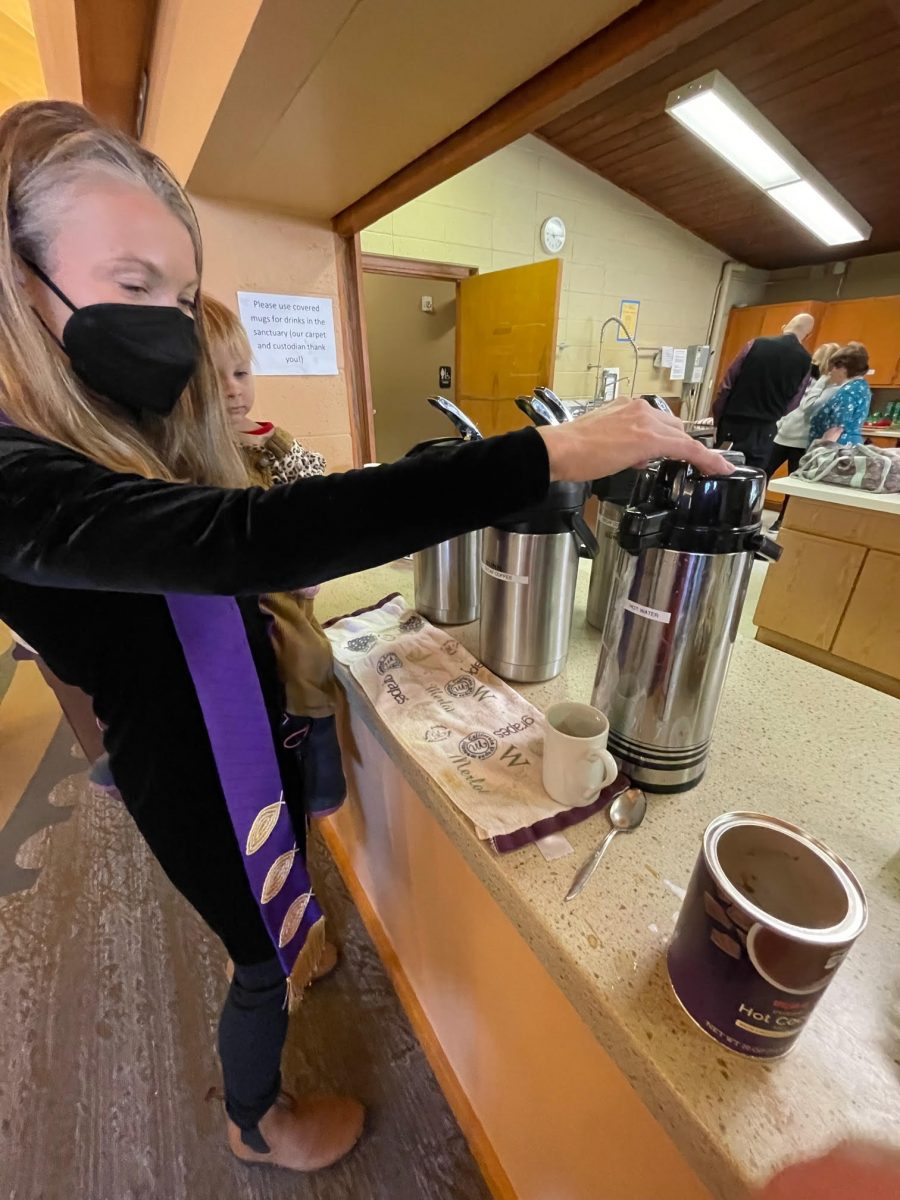
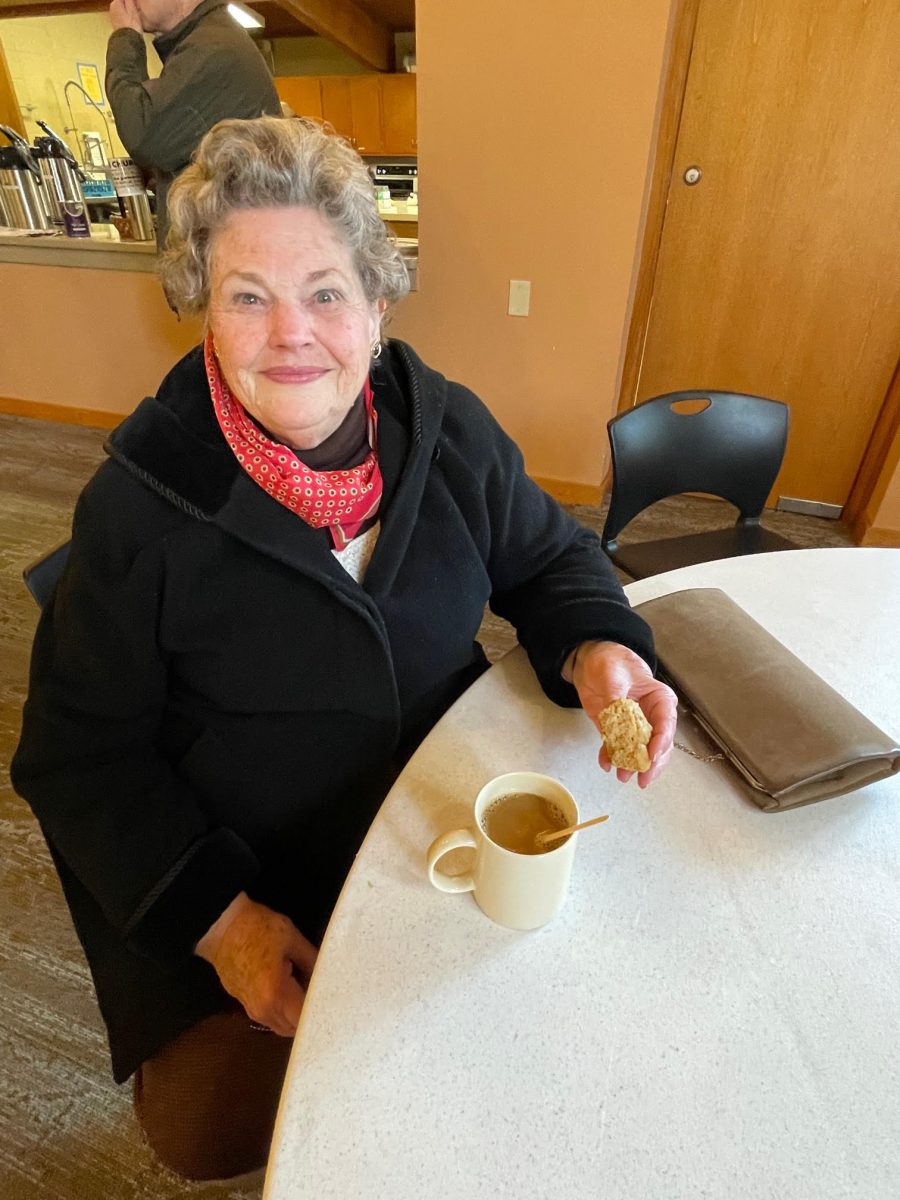
- A Deep Dive into a Typical Sunday at Music Connections by Mira J. O. Lynnby Youth Newsletter
Music Connections is a church program for kids, generally those who are in elementary and middle school. Although it mostly focuses on activities fit for kids, some older people supervise. I asked Julie Mazer, “How long have you been teaching Music Connections?” and she said “I have been here since 2009. That’s 13 years!” That amount of time is longer than I have been alive. Julie has always been super-creative in my experiences with her.
On a normal Sunday at Music Connections, kids are called up at the beginning of worship and sit on the platform in the middle of the room. We have a nice talk with a pastor and are invited to go to either Craft Play Time (for younger kids) or to Music Connections. One person I interviewed about music connections is Daria. Daria is one of the older kids in the group. Daria said, “It is really fun and exciting because of all of the different projects and activities.” I also interviewed Daniel, who is part of the younger kids of the group. “I like it because I get to hang out with my friends and do music.”
We walk to the basement and leave our drinks, coats, and other items on the counter outside of the room. Then, we head in and we’re invited to take our own space and relax. Some kids hide under tables, while others hide in between xylophones and a sliding wall that you can pull out to split the room in half. We have a moment of silence until Julie Mazer starts tapping a drum and we move one body part to the rhythm. Then she tells us that we can travel around the room. Kids start moving around the room in different ways. Some roll around the room, some stomp, some tiptoe, etc. All of this is based on the rhythm. Then, normally, Julie tells us to reach the rug taking several steps through the rhythm. “ I like offering a safe place for kids to feel confident, try something new, and offer their ideas.” Julie Mazer said.
Depending on the day, we might work on xylophones, writing lyrics for a rhythm and adding actions to it, doing hand chimes or drums, or maybe even practicing performing in front of the congregation. On communion Sundays, someone comes to invite us back up. On non-communion Sundays, we head upstairs and into the worship service to sit with our families.
I asked Daria and Daniel what their favorite part of Music Connections is. Daria replied, “When we do Ukeleles and the Christmas Eve Service.” Daniel answered, “My favorite part of Music Connections is probably getting to play instruments.” I like Music Connections because, in addition to all of the musical and multi-sensory aspects of it, I get to be with all of my friends. I also asked Julie Mazer the same question. She said, “The opportunity to work creatively with kids. I enjoy offering them a prompt and watching their creativity grow. They always create something better than I could have imagined.” - WHAT GOES INTO A CHRISTMAS EVE SERVICE by Arlo Ttekcebby Youth Newsletter
It’s finally Sunday, December 4th. Julie has been working and preparing for the Christmas Eve service since spring, and is ready to share the music and plans with us kids. After the kids finish their Sunday school classes they all head downstairs. I head downstairs along with the other kids, to find Julie at the bottom of the stairs. Julie calls groups to work with one at a time, while the groups that are not working with Julie focus on other activities that are set up. This year we had origami, coloring sheets, board games, writing cards to people who attend our church and the option of creating art that would be shown during the Christmas Eve service. Origami was a new option this year. We could make whatever we wanted, but the main focus was to create origami cranes, doves and hearts. The cranes would later be strung together and hung up outside of the sanctuary before the Christmas Eve service.
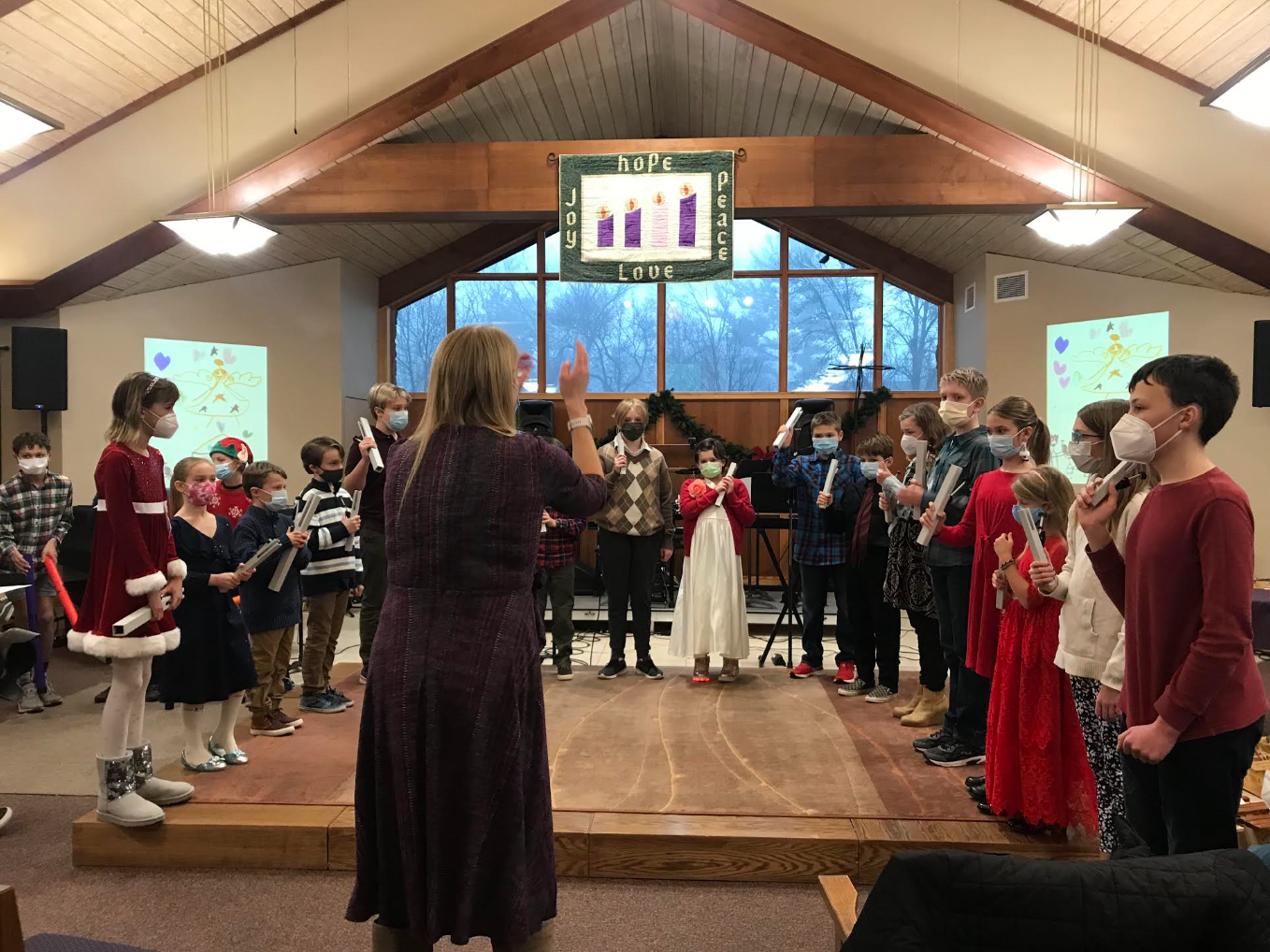
Each year there is a different Christmas Eve service that follows various themes. This year’s theme revolves around peace. The themes that are shown throughout the service are usually chosen from either the pastors, or Julie would create and make an idea from the interests of the children. After the theme is chosen Julie would then have to figure out how to incorporate xylophones, drums, hand chimes, ukuleles, singing, and chant/body percussion into the service. Once the preparation is done on the first Sunday of December we start practices every Sunday leading up to the service.
First ukuleles are called. Julie leads us to the room nearby. This time there are a couple of kids from TRU Function who assist with learning the song on the ukulele. We begin by learning and strumming a few basic chords to the song that we are performing, “Hark! The Herald Angels Sing”. This process of calling and meeting with different groups repeats until Julie meets with all the groups. Some of the parts of the performance use pre-written music, such as hand chimes and ukuleles, but others the children can compose their own music. For example, in the xylophone part of the performance we start by playing one piece together that Julie and the children have composed, and then we take turns and play a tune that we have composed that goes along with the main part. This year, we had the sentence “Be still and know that God is peace.” Us kids or Julie get to come up with a melody for the group to play. This melody goes along with the phrase or sentence that we are using. All of the kids have the option of creating their own melody that also goes along with the sentence or phrase that we are using. In the actual performance, we would play the first part as a group and then 2 kids get to do their solos. This process repeats until we have all done our solos. Drums are similar in that way but kids had the option of writing their own poem and drumming a beat that goes along with those words.
After all of the practices leading up to the service, we have two dress rehearsals that children must attend before performing in the show. One is usually the day before, and the second rehearsal is during the day of the performance. The dress rehearsals are important so that the kids are confident in what they are performing and so that they get a feel of it and are comfortable with what they are doing. After the dress rehearsals, the service begins.
This year’s service includes: TRU Function playing, youth playing, and readings from the youth. We take our turns performing and we continue with “Silent Night.” The candles are passed out and we begin to sing “Silent Night” as a congregation. After we finish with “Silent Night” the service ends with “Go Tell it on the Mountain”. All the kids go up to the stage and TRU Function plays, while the congregation also joins in with the singing. It’s a powerful moment for everyone, and it’s a great opportunity for the children to have a part in the service. In early spring the preparations start for the next program.
I interviewed Julie Mazer, to see what goes into planning the Christmas Eve service. Julie Mazer, Julia Burkey and Rob Martens are the main people that are involved in planning and preparing for the service. Julia Burkey plays a role in mapping out the service with Julie, this includes choosing the scripture, identifying the scripture readings, gathering all songs and hymns from TRU Function, making any edits needed, and putting them into the bulletin to create the powerpoint. Rob Marten helps oversee TRU Function. This involves selecting songs, creating scores, and leading practice sessions. There are also special performances that involve both TRU Function and the younger children. The most touching memory of Julie’s is seeing how excited and proud the kids are when the whole service comes together. The most funny moment was one year when they lost power during “Silent Night” and “Go Tell It on the Mountain”. The most fun part of planning for the service is when it all comes together and seeing how excited and proud the kids are.
- Behind the Scenes with Tru Function by Agisela Roseby Youth Newsletter
CHAPTER ONE: THE AUDITION
I could hardly contain my excitement, as I hopped in the car. I had been listening to, and admiring the church youth band Tru Function for years, and now, I was on my way to the martens’ house to audition and become a part of it! If any of you have ever wanted a more inside look at Tru Function, then you are in luck, because I am here to tell you, dear reader, all about it!
When the car stopped in front of the Martens’ house, I stepped out of the car and rang the doorbell. I was greeted by Rob, the director of Tru Function. I stepped inside, and then, the audition started.
Mind you, Tru Function auditions aren’t that stressful, because unlike some, the Tru Function auditions aren’t really there to determine if you get into the band. These auditions are more about finding out what your skill set is.
After my mom and Rob chatted a bit, Rob sat me down at the piano and asked me to play a few select chords to find out my piano skill set, then he played a few chords and had me mimic them. After that, I listened to some songs that Tru Function would play later on, such as Jericho and miracle. I also sang along to these songs while Rob used auto-tune to adjust the song’s pitch and get a sense of my voice range. It was fun to hear the songs go through autotune, because one minute the song was normal and in pitch, and then it sounded like Alvin the chipmunk was the star singer!
This whole process took about 30-ish minutes. And for the last part of the audition, but more so just for fun, Rob took me to his studio, gave me a pair of sound muffling headphones to protect my ears, and quickly taught me a basic rock beat on the drums, in case I would, later on, be interested in trying out for drums. And let me tell you, drums are not as easy to master as they might appear! Rob said that he looked forward to having me in the band. After that, I said goodbye, got back in the car, and rode home, now as an official member of Tru Function!
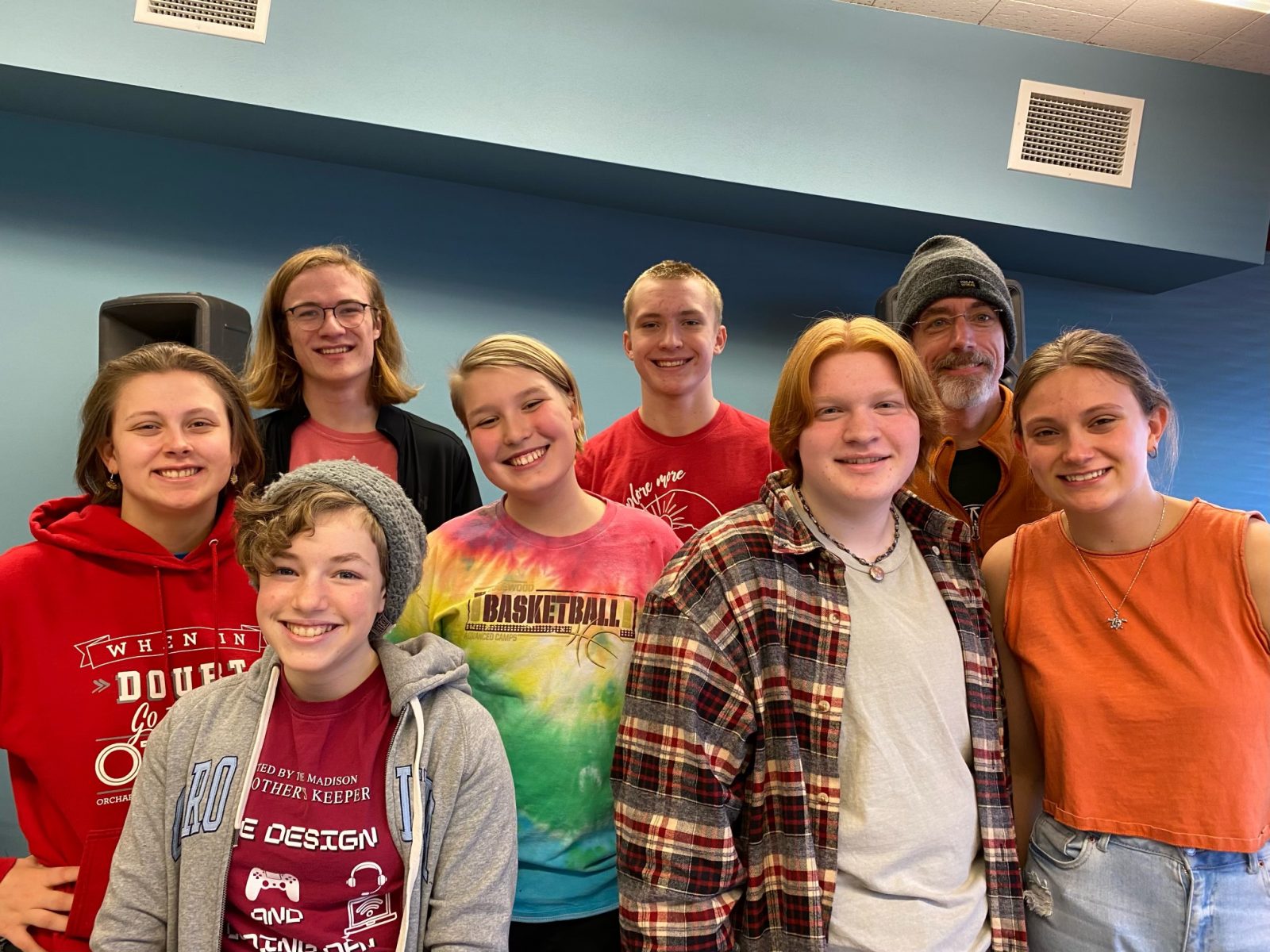
CHAPTER TWO: REHEARSAL
Now that I was a part of the Tru Function group, I couldn’t just sit around and revel in the excitement; I had to get to work! So on a bright Sunday morning, I walked to church with a spring in my step and felt almost lighter than air! My first rehearsal for Tru Function was about to start. The practice began after Sunday school classes at about 10:00. The first few minutes of Tru Function is designated warm-up time. The purpose of warm-ups is A: to warm up and get ready for practice, and B: to wait for everyone to get to the Tru Function room.
After we warm up practice generally starts out with a run-through of any songs the group has been previously working on. Or if Tru Function is starting a new song, Rob passes out sheet music of the new song for everyone to put in their binder. Every member of Tru Function receives a binder when they first join because keeping track of all the sheet music would be very hard without it.
After the sheet music is passed out, Rob tells us what song we would be playing first, then he turns on the original recording of that song. This gave everyone some time to get a general idea of what the song sounded like, and what lyrics to sing/notes to play. After listening to the song recording, Rob plays it a second time, and everyone plays along with it, which is our first run-through. Full disclaimer, the first run-through of a song is definitely not perfect. 🙂 But after a few tries everyone catches on pretty quickly and the song gets smoother and smoother each time.
Once the group has practiced a song often enough that everyone can play it well, the group transitions to the next song that we are working on. And we repeat the process. Again, once the other song is at a good place, the group stops. By the time we have done all these song run-throughs, it is about half through Tru function practice time, so naturally, it is time for a snack break! By the way, Tru Function practices for about two hours in total, so about an hour in is when we have our snack break. I also wanted to give a quick shoutout to Megan Piper who is not only an amazing helper at Tru Function, but also provides great snacks! ( Thanks Megan!) So, after our energy has been replenished by the godly powers of snacks, the Tru Function group reconvenes back in the music room.
The second half of Tru Function is a little bit different, instead of familiarizing everyone with the music as we do in the first half, the second half is more about working out the fine details. The total run-throughs end up coming to about 4 at most because of this. Everyone gets into positions behind their instruments, and the singer takes the mic. The drummer for the song will tap the drumsticks a few times, and…. ACTION! Music floods the room and the mood lightens, even though we may not be fully familiarized with the song, Tru Function catches on quickly! A few more run-throughs of the song will go by and after each time we play the song, and work out more and more kinks, it is truly something to hear! We alternate between songs and keep practicing until practice ends. And after everyone cleans up their instruments, and a majority of the chords, practice is over, just like that! It is a very unique lighthearted and just all in all great experience!
CHAPTER 3 THE PERFORMANCE
This part of Tru Function is probably the one with which the congregation is most familiar.
The performance of Tru Function is always both exciting, and nerve-wracking (well it is for me at least, I don’t know if I’ll get more accustomed to performing the more we play. ) Tru Function band members are always informed when performances will take place so that everyone is on the same page about how much work we do, and how fast. This sort of creates a timeline. Before the band can perform it has to have practiced the songs to a point where A: everyone knows them well, and B: everyone can play them well. So after multiple Sundays of practice, the band is ready to perform.
On performance days band members have to arrive at church a bit earlier, around 8:30, so we can set up the musical equipment ( trust me it is a LOT of chords to arrange! Thanks to Rob for always having the technical stuff under control. ) Another reason we come to church early is so we can rehearse our songs and get used to the arrangement of the equipment in the worship hall instead of the normal setup in the Tru Function room. And after we run through all of our songs and get set up, members of the church start filing in.
Everyone in the Tru Function group gets to sit in the very front seats so they can quickly get to the worship hall. Usually, the Tru Function performs near the middle of the service, so once that time comes everyone gets out of their seats and goes to their instruments, takes a minute to set up, and gets in position, and then it is go time! The drummer taps the drumsticks, and the music starts! If you have ever been to a Tru Function performance, you know what it sounds like. but for any who haven’t heard a Tru Function performance, if I had to describe it in one word it would be lively! Once everyone gets into the rhythm of the music, it sounds amazing in my opinion! The instruments all sync together and it is kind of an indescribable feeling; to know that you are a part of the music that is coming out of the speakers behind you.
I remember the first time I performed in Tru Function, and to be honest it was nerve-wracking when I first started performing. There are usually a lot of people in the crowd, and it can be pretty easy to play the what-if game; what if I mess up? What if I forget my notes, etc. But the important thing I told myself to stay calm, is that I had practiced for this a lot, and this is a forgiving crowd. So when my confidence is restored, I am able to perform my best, and it was really fun! And at the end of the day, ( or at the end of a very long article; you pick.) Tru Function is an amazing activity that I am so glad I get to participate in!
I hope this helped you get a better understanding of what Tru Function is!
Until next time, -Ageisela Rose
- Fun at Game Night by Vined Widen Cornensby Youth Newsletter
Did you know that on some Friday nights there is an opportunity at your church to play games? Recently, on Friday, November 4, the Orchard Ridge United Church of Christ hosted a game night from 6 to 8 pm, organized by the Lancors and Walkers. This was not the first game night, and it has happened several times in the past. This game night is open to anyone! At the most recent occurrence of this game night, there were several families, and about 20 people in total attended. Most families had kids that they brought with them, and the kids had a lot of fun. Kids ran around places and played many games.
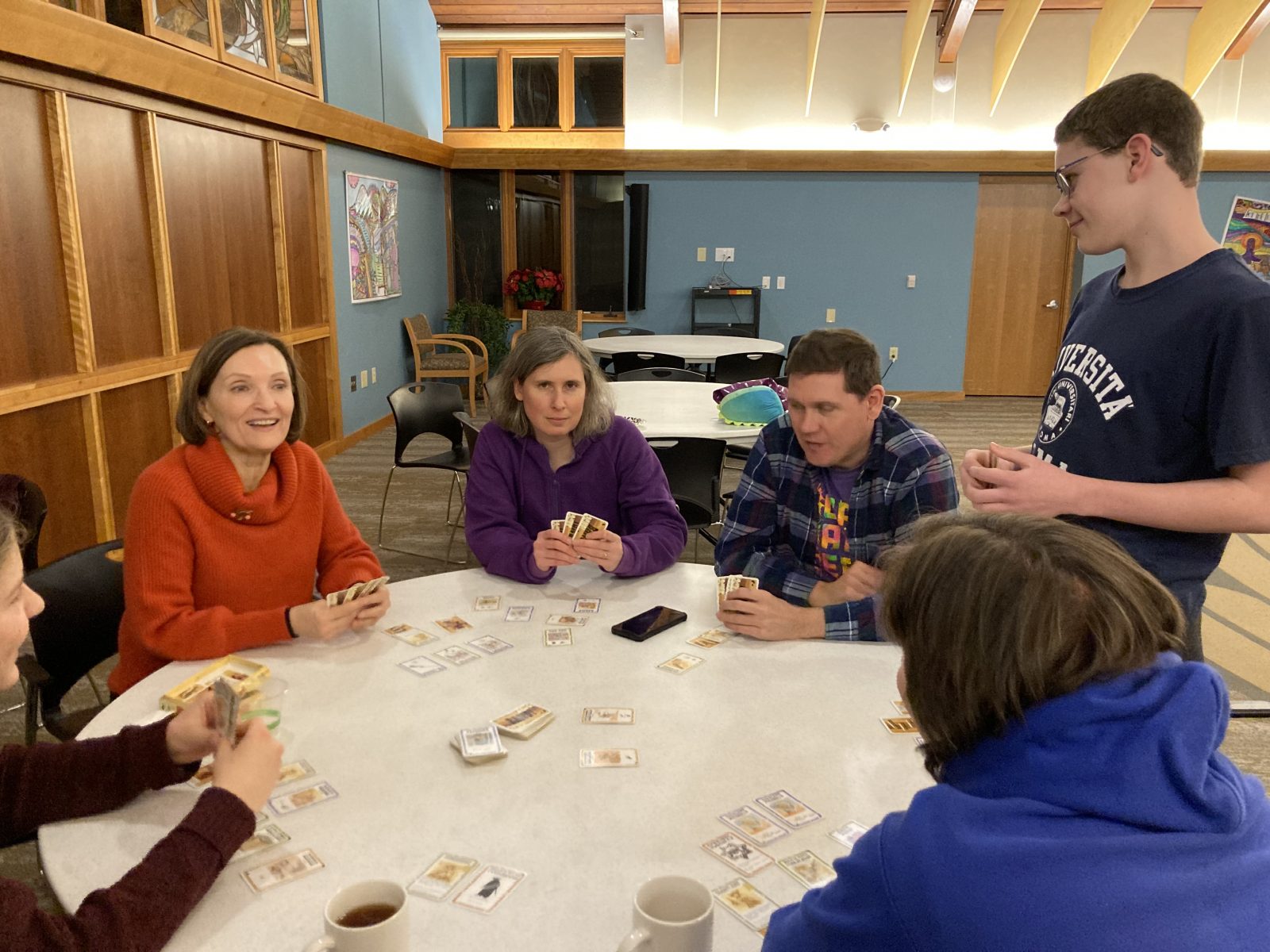
There is food, and to these game nights, people are encouraged to bring food. Some people brought their own dishes, while others brought dishes to share with others. Generally, people ate before they played games, but there was some eating after games too. However, most people just come for the games, and generally there will not be a lot of people eating food at one time.
There were several games being played, and everyone got a turn. Some personal favorite games that were played were Snake Oil and Happy Salmon. Snake Oil is a fun party game where you advertise crazy products to all sorts of customers which can be played by 3 to 10 players. Happy Salmon is a fast paced card game kind of like “Go Fish!”, and can be played by 3 to 8 players. Happy Salmon was very popular among the kids because of the energetic air it has to it. There were also more simple board games such as Chess and Checkers, and there was also the option to just sit down and spectate a game with a cup of tea in hand. Personally, I had a ton of fun! All in all, I think that the game nights are really fun and no matter who you are, you will enjoy it. - A Peek Inside O.R.U.C.C. Sunday School by Bajinnem R. Cranolby Youth Newsletter
Sunday school is a core part of O.R.U.C.C., but many adults know little about it. Even parents don’t always know much about what their kids do. I was and am still in the Sunday School program, but I wanted to learn more about what happens between dropoff and pickup. It has, after all, been many years since I started going to church. That’s why I interviewed one of our teachers, Jill Westberg, to find out more about what they do.
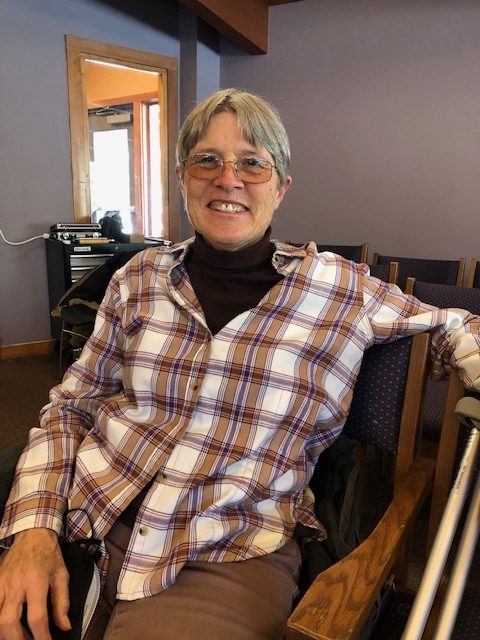
Unfortunately I only have time to write about one group of sunday-schoolers in this article, but there will be more information on the other groups in later editions. For this starting article I’m going all the way back to the beginning with the youngest group. Technically there is a nursery available to those in preschool, but Sunday School proper starts with the kindergarten-2nd graders.
This young group of Sunday-schoolers learn the most basic, simplistic parts of The Bible as a foundation for later religious growth and thought. Sunday School goes from 9:00 to 10:00 am. To start the day the little kids sing Christian kid’s songs with Children’s Education Coordinator and Music Director Julie Mazer. This includes classics such as This Little Light of Mine and Go! Tell it on the Mountain. After their musical foray with more exuberance than skill, they move into a more calm and directed section.
In the second part of class the children gather in the Frank Room, cozied up with their prayer shawls and blankets. Once they’ve settled down, Jill reads them a story from the Bible. This is usually about Jesus or the Apostles. To aid in learning there is an ace up the sleeves of the teachers, a large set of wooden figurines used to tell the stories. Though they are simple outlines with felt backdrops they are a great tool to visualize the scriptures. I remember that as a child I would return to the room after Sunday School so that I could make my own scenes and villages out of the miniatures.
The kids always love listening to the stories and being immersed in the Bible. This is a great way for younger kids with shorter attention spans to learn these core stories and ideas. Jill told me she loved it too. She said it was great being with the kids, seeing their joy and enthusiasm. As I said earlier, this is built on all throughout elementary and middle school, with children leaving the program in 9th grade with a deep and nuanced understanding of The Bible and what it means.
